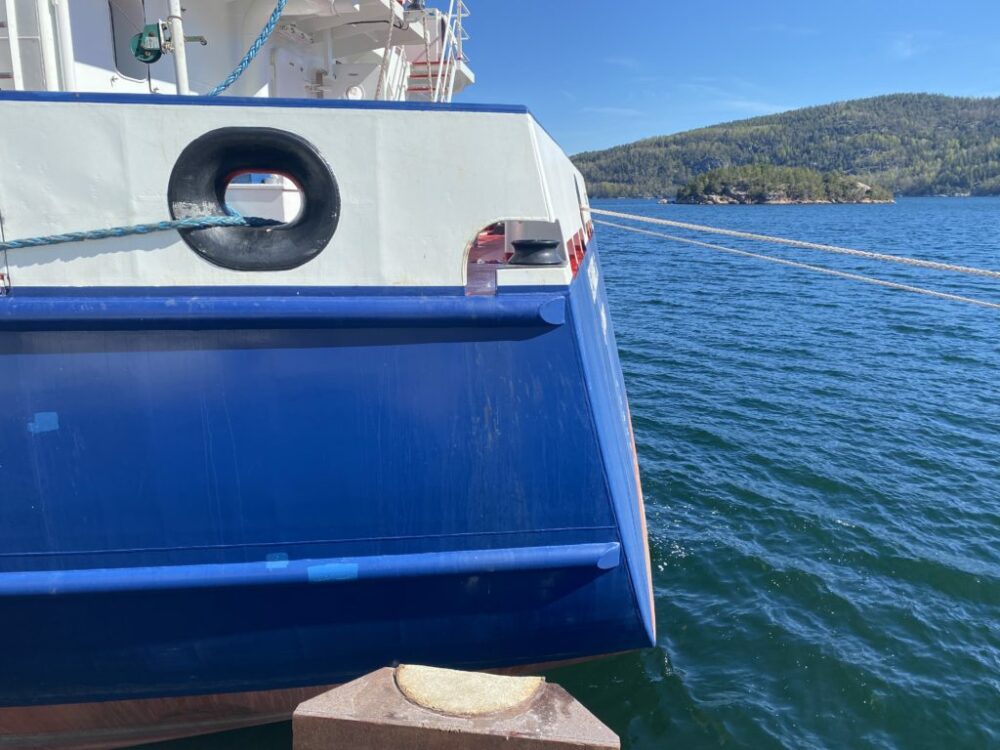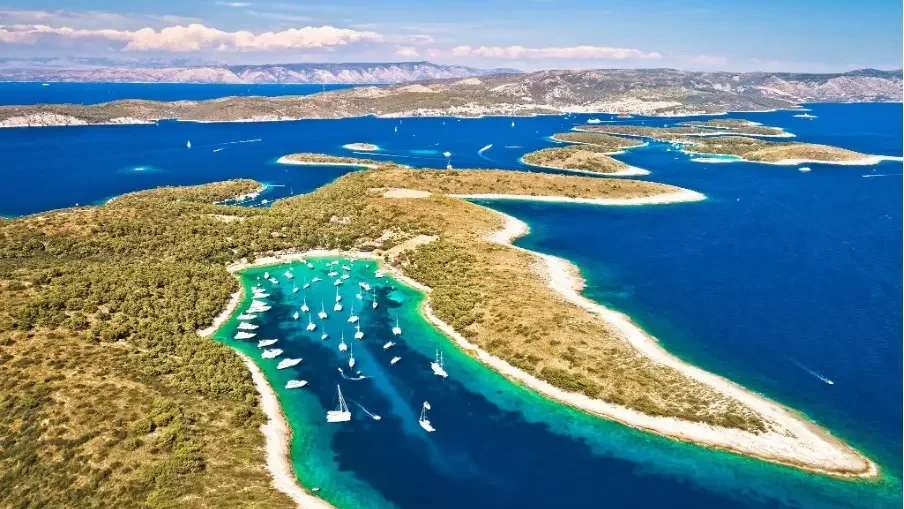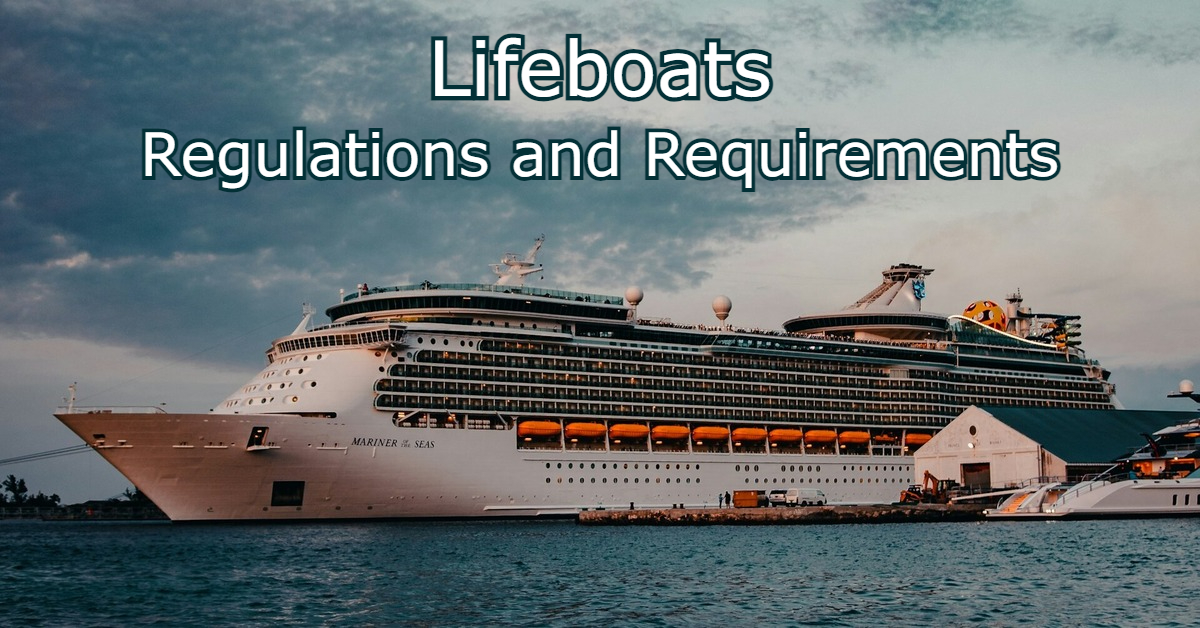The stern can be defined as the aftmost section of a vessel. It is the backmost part of a vessel that serves a lot of functions. The stern is designed not only for the vessel’s aesthetics but plays a major role in functionality also.
From the basic function of housing navigation lights to advanced hydrodynamic features such as water flow towards the propellers is governed by the stern. Let’s get into more details.
Location of the stern with respect to its function.
The stern is located in the aft of the ship as discussed earlier and plays a major role in housing one of the main functional units in a vessel such as the propulsion system.
On smaller vessels, outboard motors which comprise both the engine and the propeller are directly mounted on the stern of the vessel, called transoms. Transoms are designed structurally so as to transmit the loads efficiently from the engines and support the weight of the outboards.
On bigger vessels, the propulsion system will have individual components which include the engines, reduction gears, shaft lines, propeller, and rudder as it needs more power to push the entire weight of the vessel.
Normally the engine room is housed at the stern of the vessel for a wide number of reasons such as reducing the connection between the engine and the propellers so as to provide more efficient forward thrust and reducing vibrations from housing longer propeller shafts, bearings, and so on.
The location of the stern can be defined with the help of frame numbers which correspond to the location where machineries such as engines or rudders is installed at.
On leisure yachts or cruises, the stern can also be used to house tender storage or can even serve as swim platforms or dining areas. Nowadays it’s a popular trend to house the crew room also at the stern having a separate entrance whereas back in the days it was mostly the captain room that was housed astern.
In terms of hydrodynamic design, the stern is designed to ensure proper water flow happens at the end of the vessel ensuring there’s a sufficient inflow of water towards the propeller so that the propeller works at its maximum efficiency. The shape is chosen so as to provide the least resistance forces due to drag forces acting on the hull and also ensure the lesser transmission of vibrations throughout the vessel. The width of the stern can also play a primary role in determining the aft buoyancy of a vessel.
What are the different types of sterns?
Stern designs are classified based on their functions and shape into the following types.
Transom stern
The transom stern is one of the most typical types of stern found in most vessels. They are easy to construct in terms of production aspects as their shape is flat to the waterline and also, they provide a much more efficient water flow astern the vessel towards the propellers.
The transom stern design also provides a much more functional aft deck space. The flat section of the transom can start above or below the waterline level based on its functions. On smaller vessels transom sterns are used to support the outboard engines.
Cruiser stern
Also called a modified transom stern, the cruiser stern is normally found on larger vessels. The profile of the cruiser stern is generally curved upwards towards the aft of the vessel. The rudder is normally housed on this part and extends below the waterline.
The sole purpose of redesigning the transom stern into a cruiser style was to lower the steering gear that is the rudder so that during instabilities like pitching a large portion of the rudder will still be inside the water.
The cruiser stern provides lesser hydrodynamic resistance and the profile of the stern is much more aesthetic compared to its other counterparts.
Elliptical stern
Also called as merchant sterns as it is mostly found on cargo vessels, they mostly have an elliptical profile when viewed from the deck line. It has an upward curve above the waterline and most of the time the skeg of the vessel remains exposed.
Similar to transom stern they also provide a more functional deck space which can add to the aft buoyancy.
Different types of sterns based on design variants
Sterns can be classified based on their design variations in terms of dimensional parameters such as width, angles, and so on. Some of the usually adopted designs have been listed below.
Raked Stern
Mostly seen on high-performance racing boats, they have a stern that has a streamlined shape which gives it both hydrodynamic and aerodynamic advantages. They normally tend to have longer bows compared to other counterparts
Flat Stern
Typically has a semi-circular aft end and has a rake angle that angles out. In generic it is plainer and has a shape more profound with respect to a wine glass. Looking from the aft of the vessel the broad vertical face is the eye-catcher of this design.
This design has been incorporated mostly in sailboats and has been found throughout the times even till now.
Canoe Stern
Also called double-enders, they have circular profiles giving them the advantage of having smoother water flow aft of the vessel. The top side of the stern also has an aesthetic stance from the aerodynamic appearance.
They are mostly found in traditional cruiser vessels.
Reverse Stern

They have an angular profile that angles out aft wards with respect to the waterline to the deck, with the addition of support structures like handrails and steps, helping in disembarking from the aft side of the vessel.
Typically seen as the sugar scoop reverse stern design, usually found on yachts which have steps installed facilitating for different purposes like swimming and so on.
Constructional and structural design aspects of stern
Due to the aspect that the stern is one of the most heavily loaded regions in terms of weight and load transmitted from heavy machinery such as engines, close care is given during the design phase of the stern.
Computerized tools such as Finite element analysis helps in solving the structural design of these sections.
Structurally, more members such as girders and stiffeners are added so as to withstand the forces during events such as slamming and also supporting the thrust forces delivered from the propeller.
Summary
This article covers most of the aspects related to the stern of a vessel, with respect to how it is defined, where it can be found, different types, and so on. The selection of the right type of stern always depends on your end goals and performance requirements.




Leave a Reply